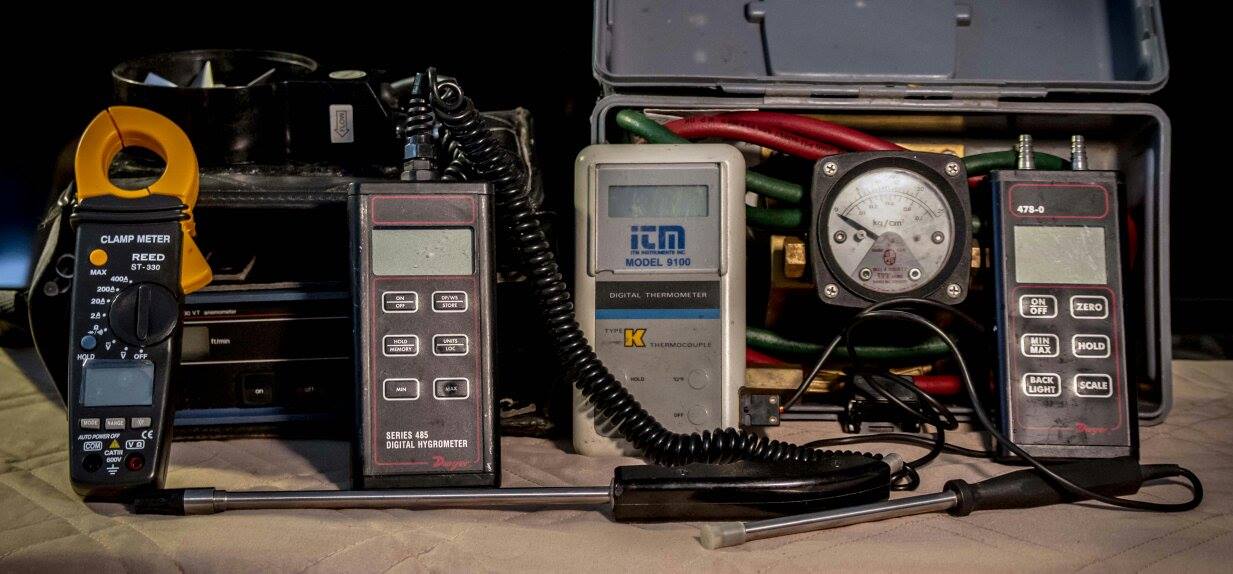Concrete Curing Time, Why concrete curing time

Concrete curing time speaks to why concrete curing time and explain concrete curing time.
This is dictated by the rate of hydration, which is dependent on the chemical bonding of the water and cement and not by simple drying and it is essential that it be kept moist until its required strength is achieved.
The curing reaction takes place over a very long period of time, and the design is usually based on the strength it reaches after 28 days. If it is allowed to dry out at any point during this time period, the strength of concrete will be greatly reduced and its surface hardness and durability are likely to be adversely affected.
Concrete cast in formwork is protected from dehydration on most surfaces by the formwork. The top surfaces must be kept moist by repeatedly spraying or flooding with water, by covering with moisture resistant or by spraying on a curing compound that seals the surface of the concrete against loss of moisture. These measures are of more importance for concrete slabs whose large area makes them susceptible to premature drying. Id conditions are windy, hot and dry the slabs may have to be protected by windbreaks.
These temporary windbreaks provide shade, as well, evaporation retarders may have to be added to the concrete and frequent fogging of the air directly over the surface of the slab with a fine spray of water until the slab is hard enough to be finished and covered or sprayed with curing compound.
At low temperatures the curing reaction in concrete happens at a much slower pace. If concrete reaches subfreezing temperature while curing, the curing reaction stops until the temperature of the concrete rises above the freezing point. It is important that concrete be protected from freezing until it is fully cured.
If fresh poured concrete is covered and insulated, its heat of hydration is often enough to maintain an adequate temperature in the concrete even in low air temperatures. Under more severe cold the ingredients of the concrete may have to be heated before mixing and both a temporary source of heat may have to be provided during handling and curing.
During periods of very hot weather the hydration is greatly accelerated and concrete may begin curing before placing and finishing it. This can be controlled by using cool ingredients and during extreme conditions, by replacing some of the mixing water with an equal quantity of crushed ice, making sure that the ice melts and the concrete has been thoroughly mixed before placing. An alternate method of cooling concrete is to bubble liquid nitrogen through the mixture at the batch plant.
Return from Concrete Curing Time to Home Page
Return from Concrete Curing Time to Explain Concrete
Hard copy and E book for sale. Introduction to Building Mechanical Systems. Click here.